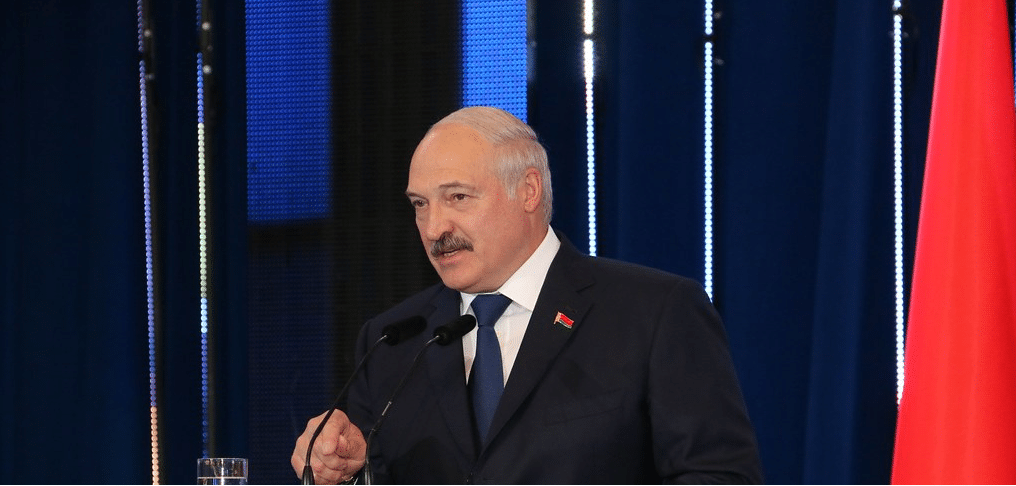Mass protests are spreading across Belarus as dismay with president Lukashenko and his re-election campaign grows. On June 18th Lukashenko’s most promising opponent for the upcoming presidential election, Viktor Babaryko, was arrested which prompted new demonstrations across Belarus. Babaryko is the latest in a series of arrests. Last month popular YouTube vlogger and human rights activist Sergei Tikhanovskiy, who recently announced he would run for president, was also arrested. In the space of a week over 120 peaceful protesters were arrested for participating in unsanctioned public gatherings. At least 14 journalists were detained and three convicted for merely covering the protests against Lukashenko.
Lukashenko’s rule
Lukashenko is often referred to as ‘the last dictator of Europe’. He has been in power since 1994 and announced at the end of 2019 that he will run for a sixth term in office on August 9th. He is legally able to do that because he abolished presidential term limits in 2004. However as dismay with Lukashenko and his regime grew among his opponents and the population, the protests started to increase. The U.S. State Department reacted to the arrests of Lukashenko’s opposition by calling on the government to improve its record with respect to human rights and democracy, and meet its human rights obligations and OSCE commitments, including those related to free and fair elections. The department stated “free and fair elections are about more than what happens on election day. We call on the government of Belarus to ensure a level playing field for all who wish to take part in the election, including in regards to candidate registration, access to media, and other aspects of the campaign. Respecting fundamental freedoms, including the freedoms of peaceful assembly, expression, and association is crucial to strengthening the U.S.-Belarus bilateral relationship.” Experts say that Lukashenko’s crackdown on opposition leaders and activists, including the arrest of a top potential presidential candidate, is the biggest challenge to his rule yet. Approximately 10 candidates remain in the race for the presidency besides Lukashenko, but besides Babaryko only one has captured the attention of both the public and analysts alike. That person is Valery Tsepkalo, former Belarusian ambassador to the United States and the ex-head of High Technologies Park in Minsk.
COVID-19 response
However, these latest protests are not only occurring because of Lukashenko’s re-election campaign, but his response to the COVID-19 pandemic plays a big role as well. Lukashenko has repeatedly denied the seriousness and scope of the pandemic, which is evident from failing to implement any measures and organizing a large military gathering in early May. Sport facilities, schools, hairdressers, cinemas and restaurants all remained open while every other country (except for Sweden) introduced strict lockdowns, or at least strict quarantine measures. The only recommendation he gave the people on how to protect themselves from the virus is to play hockey, drink vodka, go to the sauna and work on tractors in the fields.
Information campaign
The State Border Committee (SBC) of Belarus has announced the implementation of a new information campaign on COVID-19 prevention. The committee is targeting foreigners and Belarusians entering the country. The campaign is supported by several donors, including the European Union. Upon arrival, everyone will receive a pamphlet in both Russian and English with information about COVID-19, the risks and preventive measures, as well as behavioral recommendations for self-isolation.
Belarus has so far nearly 60.000 confirmed cases on a population of approximately 9.5 million people. 40.136 have recovered and 362 people have died so far. In recent days there has been an increase in cases once again.
Sources: EuroNews / CNN / Human Rights Watch / DW / Asser / Radio Free Europe / EU Neighbours / Coronatracker
Photo: flickr



